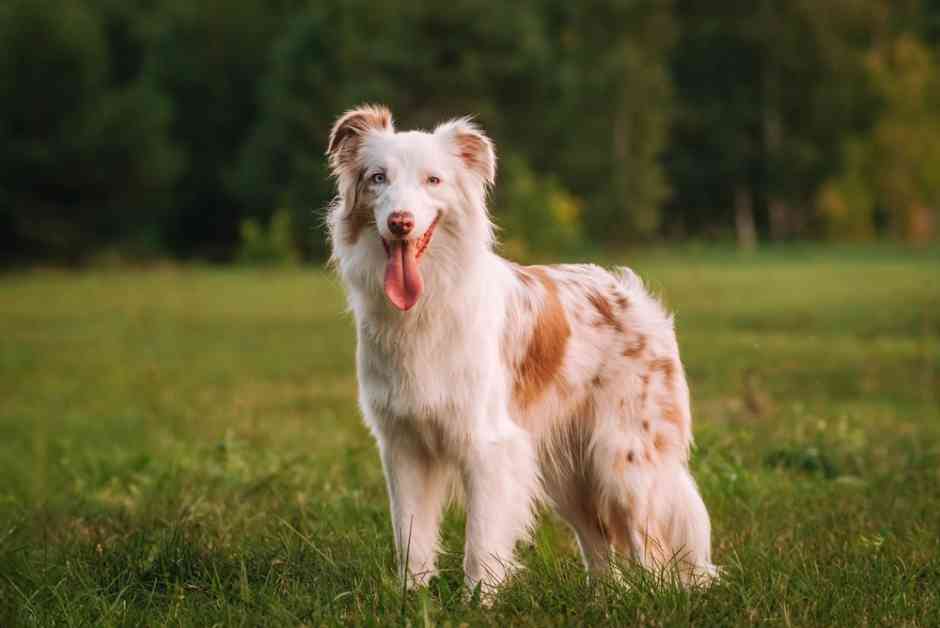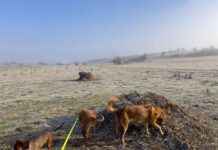Embarking on a Journey Through Canine Anatomy: Unveiling the Secrets of Man’s Best Friend
Have you ever found yourself pondering the intricacies of your dog’s anatomy? From the number of teeth they possess to the structure of their limbs, understanding the inner workings of our furry companions can unlock a deeper appreciation for their unique design. Join us on a captivating journey through the vital statistics, external anatomy, skeletal structure, and specialized features of dogs, guided by the expertise of seasoned veterinarians and insightful research.
Unveiling Vital Statistics of Canine Companions
As we delve into the world of canine anatomy, it is essential to grasp the fundamental statistics that define our four-legged friends. With an average lifespan ranging from 10 to 14 years and a weight spectrum spanning from 3 lbs to over 200 lbs, dogs come in a diverse array of shapes and sizes. Delving deeper, we discover that male dogs possess an additional bone, the os penis, contributing to a total bone count of 319-321 in their skeletal structure.
Exploring the External and Skeletal Anatomy of Dogs
The external and skeletal anatomy of dogs serves as a foundational element in understanding their form and function. The intricacies of the canine skull, composed of 50 bones including the hyoid apparatus, offer a glimpse into the diverse skull shapes seen across breeds. From doliocephalic to brachycephalic variations, each skull type reflects the unique characteristics bred into different canine companions.
Specialized insights into brachycephalic health problems shed light on the challenges faced by breeds like Pugs, Bulldogs, and French Bulldogs, grappling with obstructive airway syndrome. The spinal structure, with its cervical, thoracic, lumbar, sacral, and coccygeal vertebrae, provides crucial support and mobility, while also highlighting potential issues such as intervertebral disk disease.
Moving on to the limbs, canine digitigrade stance showcases the weight-bearing capabilities of their limbs, with forelimbs and hindlimbs each serving distinct purposes. Noteworthy conditions like hip dysplasia and stifle injuries underscore the importance of understanding and caring for these vital anatomical components.
Delving Deeper into Canine Dentition and Sensory Systems
Transitioning to the realm of canine dentition, we uncover the intricate design of dog teeth, with 42 adult teeth and 28 deciduous teeth facilitating essential functions like tearing, chewing, and grinding. Evolutionary adaptations for hunting and chewing are evident in the structure and arrangement of teeth, underscoring the importance of dental care in maintaining overall health and well-being.
Eyes and ears serve as windows into the sensory world of dogs, with unique features like the tapetum lucidum and nictitating membrane enhancing their vision and protection mechanisms. The anatomy of the ear, from the pinna to the inner ear, reflects both functional adaptations for hunting and breeding-induced changes in appearance.
Navigating the Digestive System and Tail Anatomy
The digestive system of dogs, shaped by their carnivorous ancestry and domestication journey, showcases a remarkable adaptability to varied diets. From a simple stomach to a pancreas primed for processing starchy foods, canine digestive anatomy reveals a fascinating interplay between evolution and human influence.
Wrapping up our exploration at the tail, we encounter a myriad of tail-related conditions, from swimmer’s tail to happy tail syndrome, shedding light on the complexities of this often-overlooked appendage. Genetic mutations leading to stumpy or coiled tails offer a glimpse into the unintended consequences of selective breeding, prompting reflection on the broader impact of human interventions in canine anatomy.
Class Dismissed: Embracing a Deeper Understanding of Canine Anatomy
As we conclude our immersive journey through the anatomy of dogs, we invite you to reflect on the marvels of canine design and the intricate interplay between form and function. Armed with newfound knowledge and insights into the inner workings of man’s best friend, it’s time to celebrate the beauty and complexity of our canine companions. So, go ahead, share your newfound anatomy wisdom with fellow dog enthusiasts and revel in the wonder of our beloved furry friends.
Image Credit: Julia Suhareva, Shutterstock





















